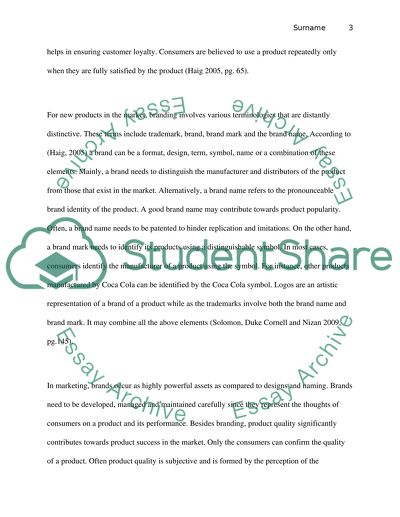Cite this document
(“A promotional plan to launch the new brand Assignment - 1”, n.d.)
A promotional plan to launch the new brand Assignment - 1. Retrieved from https://studentshare.org/marketing/1696490-a-promotional-plan-to-launch-the-new-brand
A promotional plan to launch the new brand Assignment - 1. Retrieved from https://studentshare.org/marketing/1696490-a-promotional-plan-to-launch-the-new-brand
(A Promotional Plan to Launch the New Brand Assignment - 1)
A Promotional Plan to Launch the New Brand Assignment - 1. https://studentshare.org/marketing/1696490-a-promotional-plan-to-launch-the-new-brand.
A Promotional Plan to Launch the New Brand Assignment - 1. https://studentshare.org/marketing/1696490-a-promotional-plan-to-launch-the-new-brand.
“A Promotional Plan to Launch the New Brand Assignment - 1”, n.d. https://studentshare.org/marketing/1696490-a-promotional-plan-to-launch-the-new-brand.


